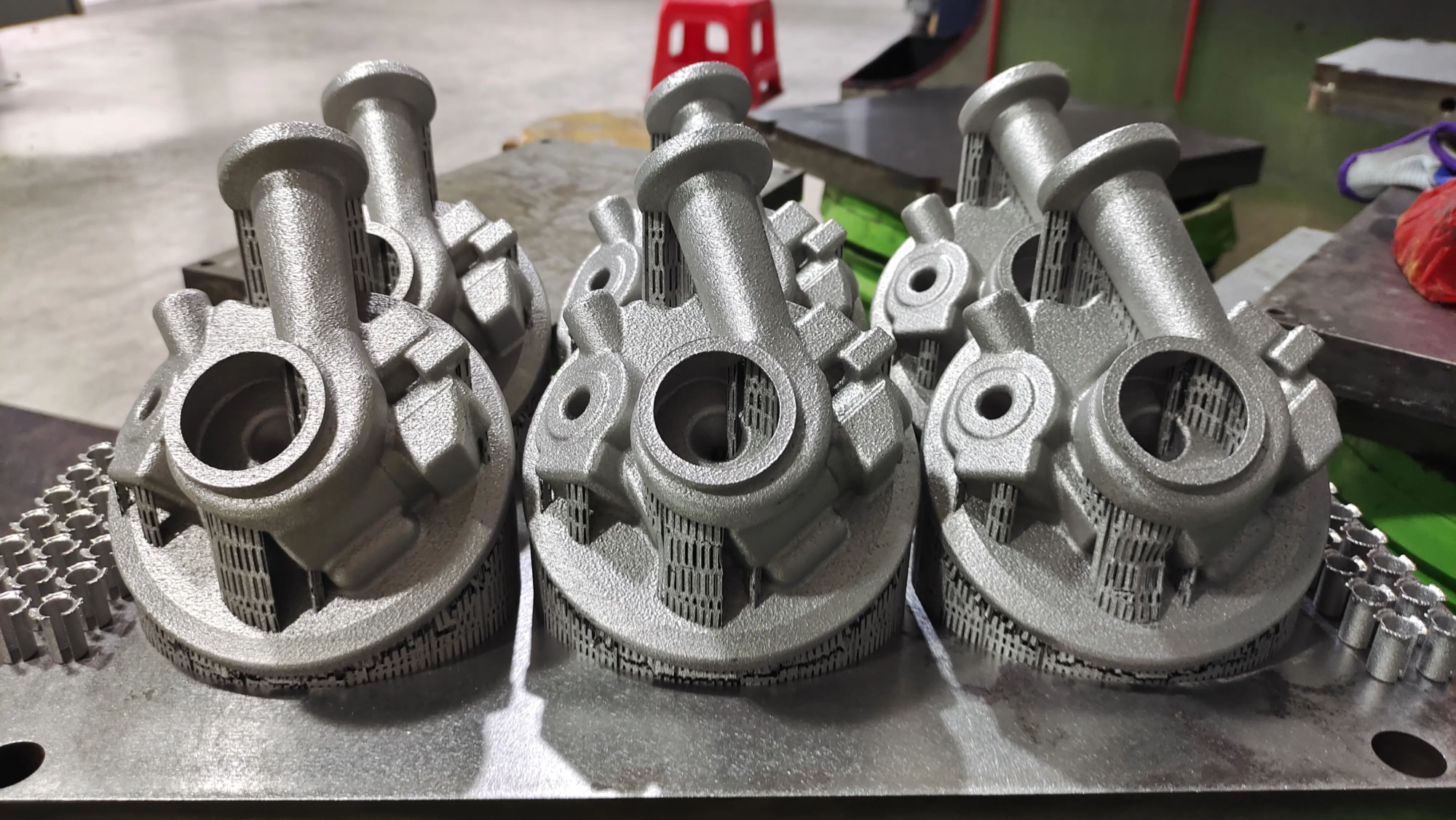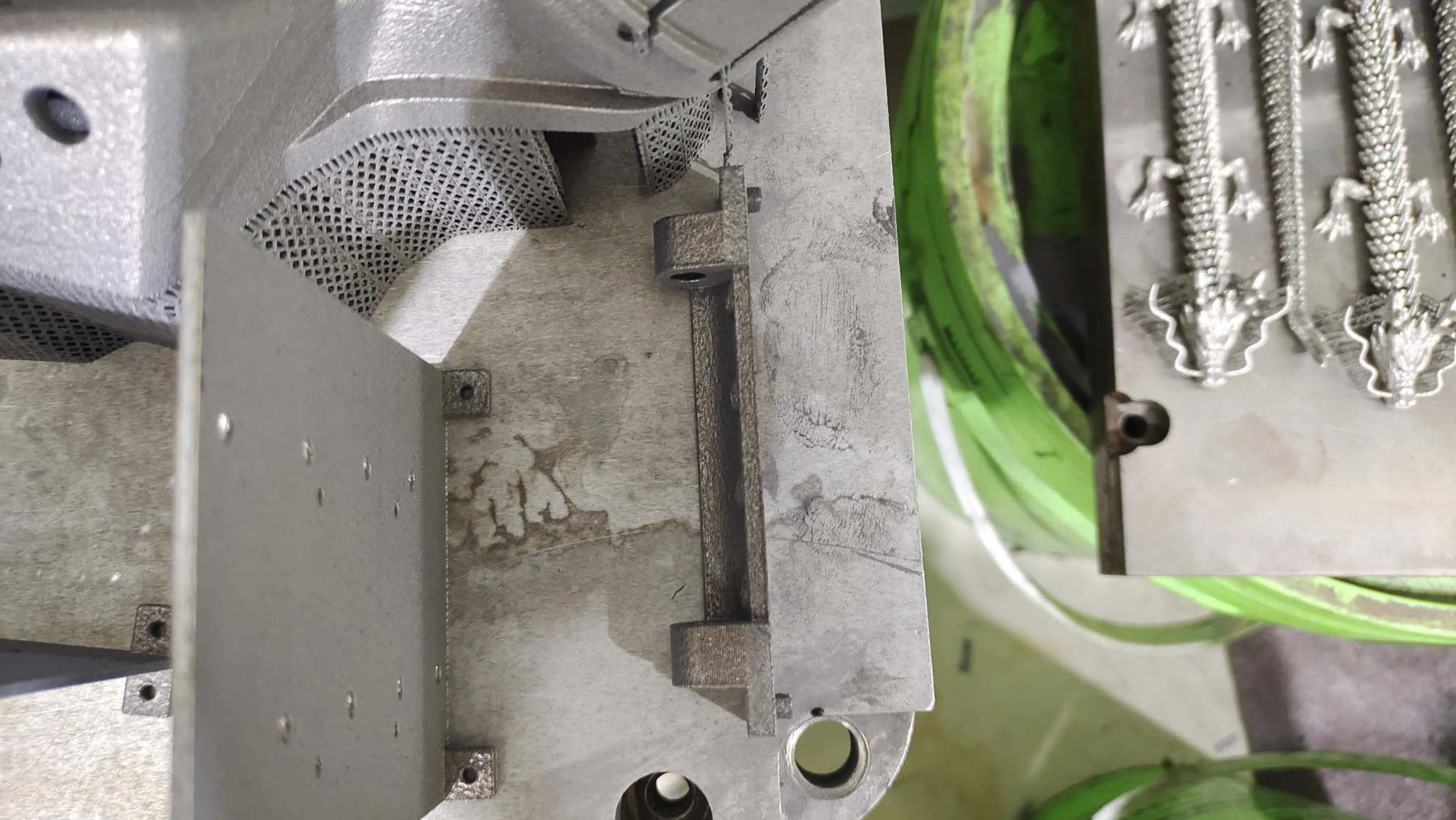introduce
String up – those nasty spider-web-like filaments that connect 3D printed parts – can turn masterpieces into a mess. At Greatlight, our core expertise lies in industrial-grade metal 3D printing using selective laser melting (SLM) technology, and we recognize this common sense of frustration that FDM (Fused Deposition Modeling) users fight around the world. Understanding and solving string lines is crucial not only for amateurs, but also for professionals seeking the perfect prototype. This guide delves into the science of string wire and provides viable quick fixes to improve your printing quality.
The Science Behind the Line: More than Just "Exudate"
When the molten filaments leak from the nozzle during non-rib movement, a string of wires is emitted. Here are the symptoms of an imbalance between material properties and printer mechanics:
- Viscosity and temperature: The overheated filaments become too liquid to drip uncontrollably.
- Retraction failed: Inadequate recovery distance or speed cannot resist nozzle pressure.
- Moisture: The wet thin filaments make the printed with evaporation, thereby producing oozing bubbles.
- Kinematics: The slow travel speed gives the filament time to dribble between the printed areas.
7 Quick fix to eliminate string
1. Retraction calibration: main defense
- distance: The Bowden setting requires 4-7 mm; the optimal speed for direct drive is 0.5-2 mm.
- speed:40–60 mm/s is ideal for most printers. Too slow to resist water seepage; too fast to grind fine filaments.
For prompts: Use the retract test model in the slicer for empirical adjustment.
2. Fine-tune the extrusion temperature
Print a temperature tower to find lowest Settings to keep the layer adhered. Reduce temperature (5-10°C reduction) reduces fluidity, thereby minimizing ooze. example:
- PLA: 190–210°C | PETG: 220–235°C | ABS: 230–250°C
3. Increase travel speed and reduce stay time
Set the travel action (non-print) to 150–250 mm/s. Faster movement minimizes the chance of leaks. Disabled "Z-HOP" Unless collision avoidance is required, it will be created "Exudes the window."
4. Utilizing a slicer-based strategy: coast and wipe
- coastal: Use residual pressure to complete the line and stop extrusion as soon as possible. Apply 0.2–0.5 mm³ in prusaslicer or cura.
- wipe: Drag the nozzle along the printed surface to remove excess material and move it again.
5. Defeat moisture with filament management
Moisture-sensitive filaments (e.g., PETG, TPU) last for 4-6 hours at 55°C (PLA) or 65°C (PETG). Store in an airtight container and dry after drying.
6. Optimize flow dynamics
Reduce the extrusion multiplier/flow by 2-5% to prevent excessive repulsion. Pair with this Linear/pressure progress (In Marlin/Klipper firmware) for real-time pressure control.
7. Nozzle health and filament selection
Clean or replace clogged/wear nozzles. Switch to "Anti-skeleton" Filaments such as matte PLA or professional mixtures.

Example: PETG with optimized withdraw (right) and default settings (left). Source: Greglight R&D Lab
String Persistent: Advanced Strategy
- Firmware Functions: Enable pressure linear calibration (e.g. Klipper’s
pressure_advance). - Surface treatment: Gently sand the rope on the post-print or smooth it with an atomized solvent chamber (e.g., ethyl acetate as ABS).
- Hardware upgrade: All metal heat tables improve thermal stability; seat ducts reduce Bowden friction.
Conclusion: Precision as a philosophy
String lines reveal the true subtlety of FDM printing, a balance of thermodynamics, mechanics and materials science. While Greatlight’s industrial SLM printers surpass these challenges with laser pre-stage in metal prototyping, the principle of meticulous calibration is correct in all 3D printing. By methodically addressing variables such as temperature, retraction and moisture, you can re-control printing fidelity. For projects that require metal zero tolerance perfect, i.e. large components, medical equipment or automotive prototypes – borrowing our SLM expertise and end-to-end post-processing. We transform complex designs into fully functional, high-strength parts, solidifying our position as a leader in rapid prototyping companies.
FAQ: Solve the secrets of stringing
Q1: Why are there more PET strings than PLA?
A: The higher viscosity of PETG and the lower transition temperature of glass will increase its tendency to seep water. Lower temperatures and higher retraction are crucial.
Q2: Will dirty nozzles cause strings?
A: Yes. Carbonized residues or partial clogging destroy extrusion stability, and even with perfect settings, can lead to irregular flow. Cold pulls are performed every month.
Q3: How to reduce string lines in high humidity environments?
A: Use an active filament dryer to intermediate printing or silica seal storage – Petg absorbs moisture at a humidity of 50%+ in 24 hours.
Q4: Will the layer height affect the string line?
Answer: Indirect. Smaller layers increase printing time (more travel actions), but viscosity management remains the main factor.
Q5: Is there any problem with fast travel speed?
A: Excessive speed (> 250 mm/s) will induce a ringing. Find balance with input molding/reasonable acceleration values (e.g. 1000-3000 mm/s²).
Q6: Does Greatlight 3D printed metal parts need not support related strings?
Answer: Absolute. Our SLM process melts metal powder layer by layer in nitrogen-rich chambers, completely eliminating "string" As shown in FDM. Supports optimization through AI algorithms to minimize post-processing.
For expert metal prototypes with impeccable surface surfaces and tolerances of ±0.05mm, submit your design today for precise design in China delivered worldwide.




